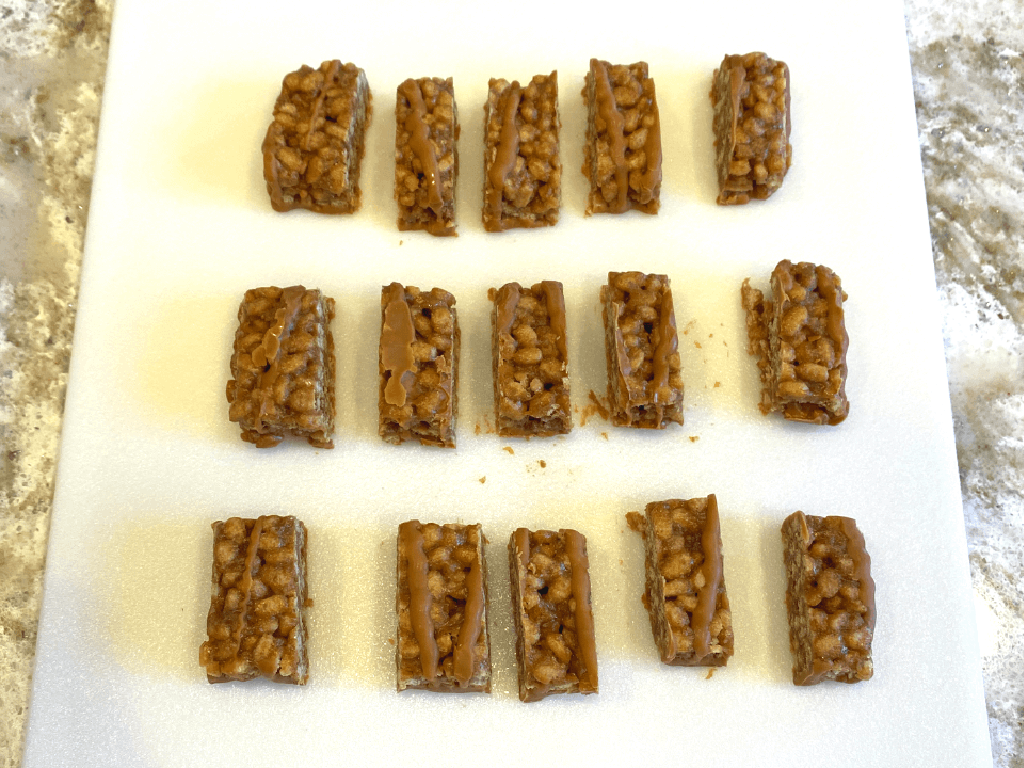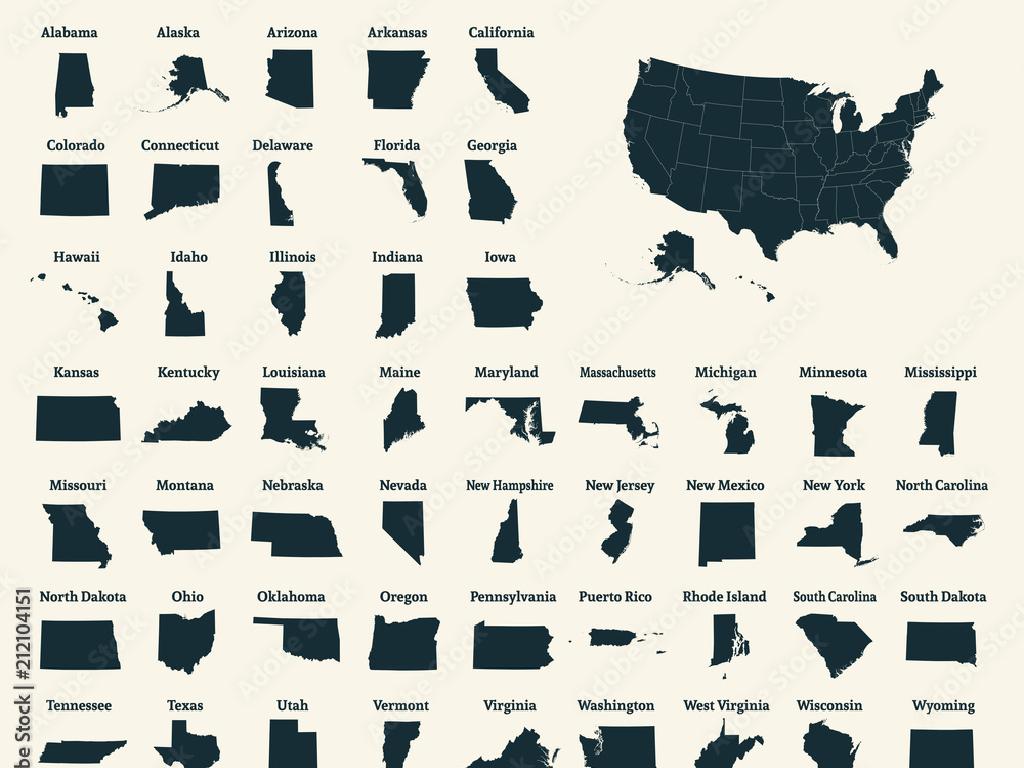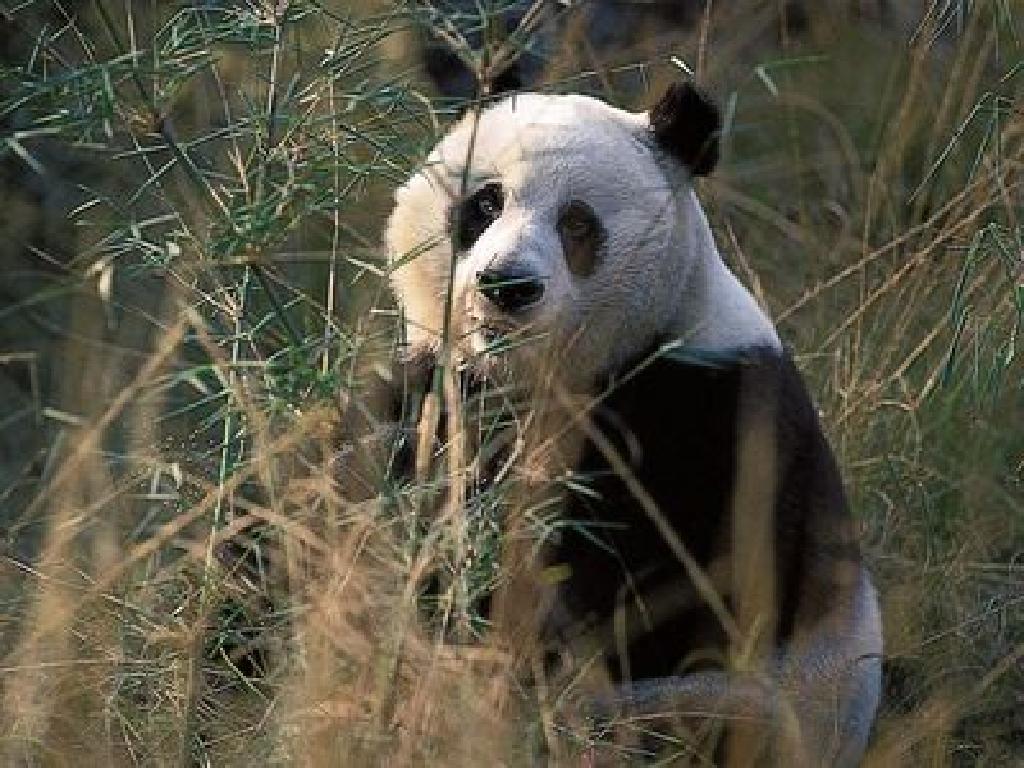Introduction To Natural Selection
Subject: Science
Grade: Sixth grade
Topic: Adaptations And Natural Selection
Please LOG IN to download the presentation. Access is available to registered users only.
View More Content
Welcome to Natural Selection!
– Species evolve over time
– Species adapt to their environment gradually.
– Natural Selection defined
– It’s nature’s way of selecting the fittest organisms to survive and reproduce.
– Significance of Natural Selection
– Explains the diversity of life and survival of species.
– Natural Selection in action
– Examples: Peppered moths during the Industrial Revolution, Darwin’s finches.
|
This slide introduces the concept of natural selection, a fundamental mechanism of evolution. Begin by explaining that species are not static but change over time to adapt to their environments. Define natural selection as the process by which organisms better adapted to their environment tend to survive and produce more offspring. Highlight its importance in explaining the vast diversity of life on Earth and how species survive through changing conditions. Use real-world examples like the peppered moths, which changed color due to pollution during the Industrial Revolution, and the finches observed by Charles Darwin, which had different beak shapes depending on their food sources. Encourage students to think of other examples where animals or plants might have changed over time to better fit their environment.
Understanding Adaptations
– Define biological adaptation
– Adaptation: traits that increase survival and reproduction chances.
– Examples of adaptations
– Camouflage in animals, drought resistance in plants.
– Adaptations aid survival
– Traits like thick fur in polar bears help them survive in cold climates.
– Adaptation vs. Natural Selection
– Adaptation is the outcome, natural selection is the process.
|
This slide introduces the concept of adaptation in the context of biology. Adaptation refers to the inherited characteristics or traits that enhance an organism’s ability to survive and reproduce in specific environments. Provide examples such as camouflage in animals, which allows them to blend into their environment and avoid predators, or the ability of certain plants to survive in dry conditions due to drought-resistant features. Emphasize that adaptations improve an organism’s chances of survival, leading to a higher likelihood of passing on these advantageous traits to the next generation. Additionally, clarify the difference between adaptation and natural selection; adaptation refers to the traits themselves, while natural selection is the process by which these traits become more common or rare in a population.
Charles Darwin and the Galapagos Islands
– Who was Charles Darwin?
– Darwin was a naturalist who developed the theory of natural selection.
– Discoveries in the Galapagos
– Observed unique species that adapted to island life.
– The finches as a case study
– Studied finches with different beak shapes adapted to their food sources.
|
Charles Darwin was a pivotal figure in biology, best known for his work on the theory of evolution by natural selection. During his voyage on the HMS Beagle, Darwin visited the Galapagos Islands, where he observed a variety of species uniquely adapted to different environments. One of the most significant observations was the variation in beak shapes of finches, which seemed to be adapted to different food sources on the islands. This observation was crucial in the development of his theory. In class, discuss how the finches’ beak shapes could have evolved and what environmental factors could have influenced these adaptations. Encourage students to think about how animals in different environments might adapt similarly.
The Process of Natural Selection
– Species variation is key
– Every species has genetic differences.
– Competition for resources
– Organisms compete for food, space, mates.
– Survival of the fittest
– Best adapted individuals are more likely to survive and reproduce.
– Formation of new species
– Over time, successful adaptations may lead to new species.
|
This slide introduces the fundamental concepts of natural selection. Start by explaining that variation within a species is crucial for natural selection, as these differences can lead to better survival in changing environments. Discuss how competition for limited resources like food and habitat can drive this process. Emphasize ‘survival of the fittest,’ meaning that the organisms best suited to their environment are more likely to survive and pass on their genes. Finally, explain that over many generations, these changes can accumulate, potentially leading to the formation of new species. Use examples like the finches of the Galapagos Islands to illustrate these points.
Natural Selection in Action
– Real-world natural selection
– Peppered moth case study
– Moths’ color changed from light to dark due to pollution.
– Antibiotic resistance example
– Bacteria evolve to survive despite antibiotics.
– Understanding evolution’s impact
|
This slide aims to illustrate the concept of natural selection with tangible, real-world examples that show how species can change over time due to environmental pressures. The case of the peppered moth is a classic example of how industrial pollution led to a shift in moth population from light to dark-colored variants. Similarly, antibiotic resistance in bacteria demonstrates how microorganisms can quickly evolve to counteract drugs designed to kill them. These examples provide a foundation for understanding the broader implications of evolution and natural selection in shaping the diversity of life on Earth. Encourage students to think critically about how these changes occur and the long-term effects on the species involved.
Activity: Beak Adaptation Experiment
– Classroom adaptation experiment
– Tools as beaks, objects as food
– Objective: Match beaks to food types
– Which tool picks up which food item most effectively?
– Discover the best beak for each food
– Observe how different beaks work in nature
|
This hands-on activity is designed to help students understand the concept of adaptation in natural selection. Provide a variety of tools (tweezers, chopsticks, pliers, etc.) to represent different bird beaks and a mix of small objects (marbles, rubber bands, paper clips, etc.) to represent different types of food. Students will experiment to find out which ‘beak’ is most effective at picking up each ‘food’ type, simulating how birds with different beak shapes are adapted to their food sources. This will illustrate the principle of ‘survival of the fittest’ as students see which beaks are best suited for each food type. For the teacher: Prepare a diverse set of tools and objects, ensure safety during the activity, and guide the students to reflect on how this experiment relates to natural selection in the wild.
Wrapping Up: Natural Selection
– Recap: What is natural selection?
– It’s nature’s way of selecting the best traits for survival.
– Natural selection’s role in biodiversity
– It leads to a variety of species & traits, enriching ecosystems.
– Your questions & thoughts
– Discussing natural selection together
– Let’s talk about what we’ve learned and any new ideas.
|
As we conclude our lesson on natural selection, it’s important to revisit the key points we’ve discussed. Start by summarizing natural selection as the process by which organisms better adapted to their environment tend to survive and produce more offspring. Emphasize how this process contributes to the rich diversity of life we see on Earth, leading to a wide array of species and traits. Open the floor for students to ask questions, ensuring they feel comfortable and curious about the topic. Encourage them to share their thoughts and reflections on what they’ve learned. This discussion will help solidify their understanding and allow them to engage with the concept on a deeper level. Be prepared to facilitate the conversation and provide examples or further explanations as needed.
Homework: Animal Adaptations & Natural Selection
– Research an animal you like
– List its unique adaptations
– Adaptations like thick fur in polar bears, or long necks in giraffes
– Explain adaptations via natural selection
– How do these traits help survival and reproduction?
– Be ready to discuss your findings
|
This homework assignment encourages students to explore the concept of natural selection by researching an animal and identifying its adaptations. They should consider how these adaptations have helped the animal survive and thrive in its environment. For example, the thick fur of a polar bear is an adaptation for insulation in cold climates, and the long neck of a giraffe allows it to reach leaves high up in trees. Students should be prepared to explain how these traits could have developed over generations through the process of natural selection, where individuals with beneficial traits are more likely to survive and reproduce. This exercise will help students understand the practical application of natural selection in real-world scenarios.






